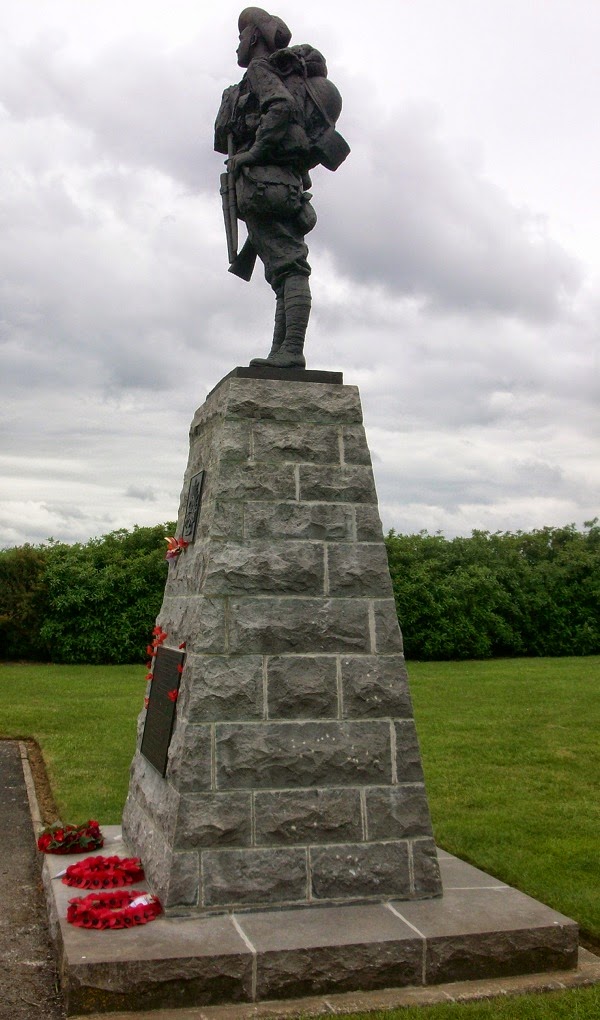And did
you leave a wife or a sweetheart behind
In some faithful heart is your memory enshrined?
And, though you died back in 1916,
To that loyal heart are you forever nineteen?
Or are you a stranger, without even a name,
Forever enshrined behind some glass pane,
In an old photograph, torn and tattered and stained,
And fading to yellow in a brown leather frame?
In some faithful heart is your memory enshrined?
And, though you died back in 1916,
To that loyal heart are you forever nineteen?
Or are you a stranger, without even a name,
Forever enshrined behind some glass pane,
In an old photograph, torn and tattered and stained,
And fading to yellow in a brown leather frame?
From No Man's Land by Eric Bogle
As the centenary of the great war gets
under way you are going to see a lot of statistics thrown around. Not
all will come from reputable sources. Far too many figures are of the
“everybody knows” category.
But before I talk about that, I want to
make one thing clear. I'm neither denigrating nor belittling the losses
and the sacrifice. Harold Wilson once said that it doesn't matter how
low unemployment is, if you don't have a job then unemployment is
100% to you. And likewise, if you lost a son, or husband or father,
then the death toll was 100%
So what sort of figures are we talking
about. Let's start with the “entire generation lost” types.
According to Statistics of the military effort of the British
Empire during the great war, published by the War Office in 1922,
In truth the number of British soldiers killed was 702,410. It's a
lot, but how many times have you heard far greater figures alluded
to. Over eight million men were mobilised, and the death rate was
8.4% (for officers the figure was nearer 12%, and for junior officers
who went to public schools, 20%).
Perhaps what made the figures seem
worse was the idea of people joining up and serving together. We had
the “Barnsley Pals” battalion, and the “Newcastle Railway
Workers” and even the “Post Office Rifles”. A bad day would
bring death to a very small community. Incidentally, the United
States had suffered the same thing during their civil war and were
determined never to have “local” regiments. American regiments
are numbered and anonymous.
Then there is the saying that after the
first day of the Battle of the Somme in 1916, every street in Britain
received a telegram telling of a death. On that day there were just
under 20,000 deaths and another 40,000 injuries. Think about if, how
many streets are there in Britain.
And then we have a well known musician
and author who writes about raw recruits heading off to France in
1914. In 1914 Britain had to fight with the pitiably small regular
army (248,000 strong and most of them serving overseas). The new men
had only just signed up by the end of the year and didn't see action
for nearly two years.
What I'm saying is don't let emotion
and the writings personifying the anti-war sentiment of the late 20's
and early 30's cloud your judgement. The facts are terrible, but the
truth is worth looking for.

No comments:
Post a Comment